Trump’s Alaska Pivot: From Cease-Fire to Putin’s Peace Plan
Trump emerged praising his personal rapport with Mr. Putin. In an interview with Fox News host Sean Hannity, he described the meeting as “a 10.”
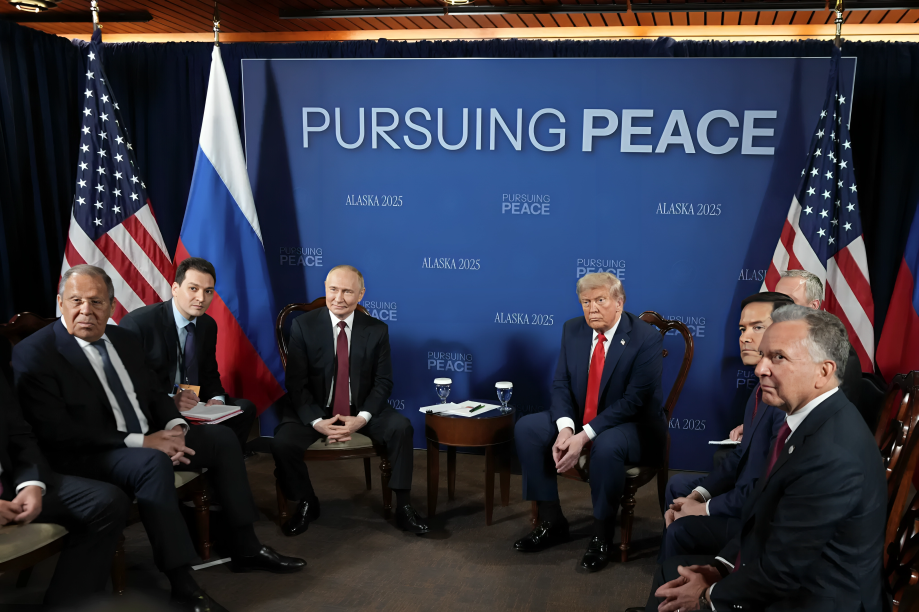
At Joint Base Elmendorf-Richardson in Anchorage, Alaska, the much-anticipated meeting between former U.S. President Donald Trump and Russian President Vladimir V. Putin ended not with a call for a cease-fire in Ukraine, but with a dramatic shift: Trump endorsed Putin’s long-standing demand for a sweeping peace deal that would require Kyiv to cede unconquered territory.
The pivot, announced on Saturday, immediately unsettled European allies and injected new uncertainty into the fragile diplomatic framework designed to halt the war that began in 2022. For Mr. Trump, it was a reversal before the summit, he had pressed for an urgent cease-fire to stop the killing.
A Break from the Agreed Strategy
Trump’s new stance could give Moscow a significant upper hand. With Ukrainian President Volodymyr Zelensky set to visit the White House on Monday, the stakes could not be higher. European officials described the move as a sharp departure from the “principles” agreed just days earlier on a call organized by German Chancellor Friedrich Merz, which required a cease-fire before any peace plan could be discussed.
Instead, Trump embraced Mr. Putin’s demand to skip a truce altogether. “It was determined by all that the best way to end the horrific war is to go directly to a Peace Agreement, not a mere Ceasefire Agreement, which often does not hold,” Trump wrote in a social media post Saturday.
A Deal on Moscow’s Terms
According to two senior European officials briefed on private calls, Trump told allies he believed a rapid peace could be secured if Ukraine ceded the remainder of the Donbas region even areas not yet occupied by Russia. In exchange, Mr. Putin promised a cease-fire along existing battle lines and a written guarantee that Russia would not attack Ukraine or any European country again.
The promise, however, carried little weight for European capitals that have seen similar assurances broken before. Moscow’s history of violating agreements looms large, and Ukrainian officials insist that ceding land still under their control would be both strategically and politically disastrous.
While European leaders publicly welcomed Trump’s renewed push to end the war, their joint statement notably avoided endorsing his preference for a sweeping peace deal. Britain, France, Germany, and others reiterated their support for Ukraine and threatened new sanctions on Moscow “as long as the killing in Ukraine continues.”
The careful language reflected unease in European capitals. For years, leaders have watched Trump soften his positions on Ukraine after conversations with Mr. Putin. This time, the shift seemed to come at the very moment Russia holds the advantage on the battlefield, having pushed deep into Ukrainian defenses in the east.
For Mr. Zelensky, the situation is fraught. Excluded from the Alaska summit, he confirmed plans to meet Trump in Washington on Monday. His statement walked a fine line: while pledging to “discuss all of the details regarding ending the killing and the war,” he also insisted that “the killings must stop as soon as possible” a signal that he still prioritizes a cease-fire.
Privately, Ukrainian officials warn that conceding unconquered Donbas territory would strip Kyiv of vital mineral resources, weaken defensive lines, and embolden Russia to demand more.
The Alaska summit itself ended earlier than expected. After an initial session and a lunch with aides, a larger follow-up meeting never took place, cutting short what Russian officials had anticipated would be six or seven hours of discussion.
Instead, Trump emerged praising his personal rapport with Mr. Putin. In an interview with Fox News host Sean Hannity, he described the meeting as “a 10.” He emphasized chemistry over substance: “We got along great, and it’s good when two nuclear powers get along. We’re No. 1 and they’re No. 2 in the world.”
What Comes Next
What exactly Trump and Putin agreed upon remains unclear. Without a cease-fire, Russia can continue military offensives while pressuring Ukraine at the negotiating table. For now, European leaders are left trying to reassure their publics and Kyiv that they remain committed to Ukraine’s sovereignty.
As Monday’s White House meeting approaches, the stage is set for a critical moment. Whether Mr. Zelensky can resist pressure to concede land or whether Trump’s new alignment with Putin reshapes the trajectory of the war may determine the next phase of Europe’s bloodiest conflict in decades.



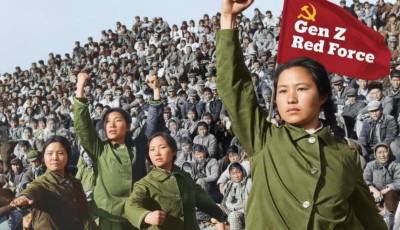

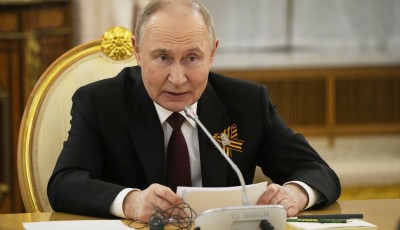


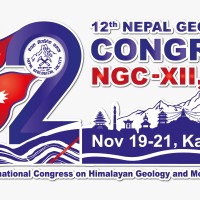
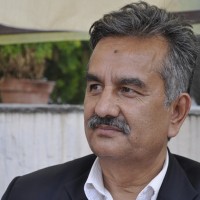
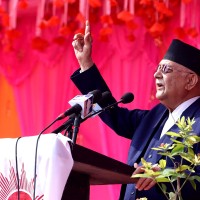


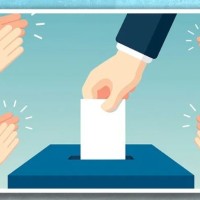
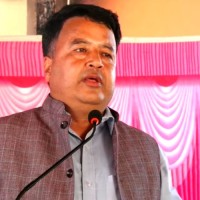
तपाईको प्रतिक्रिया दिनुहोस